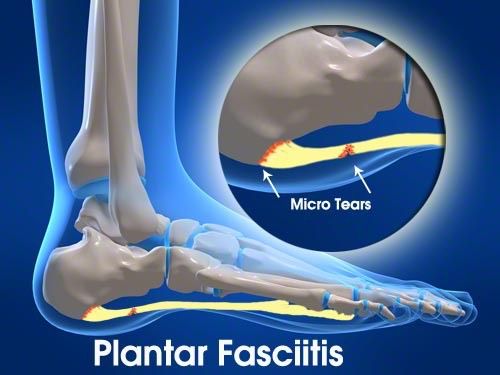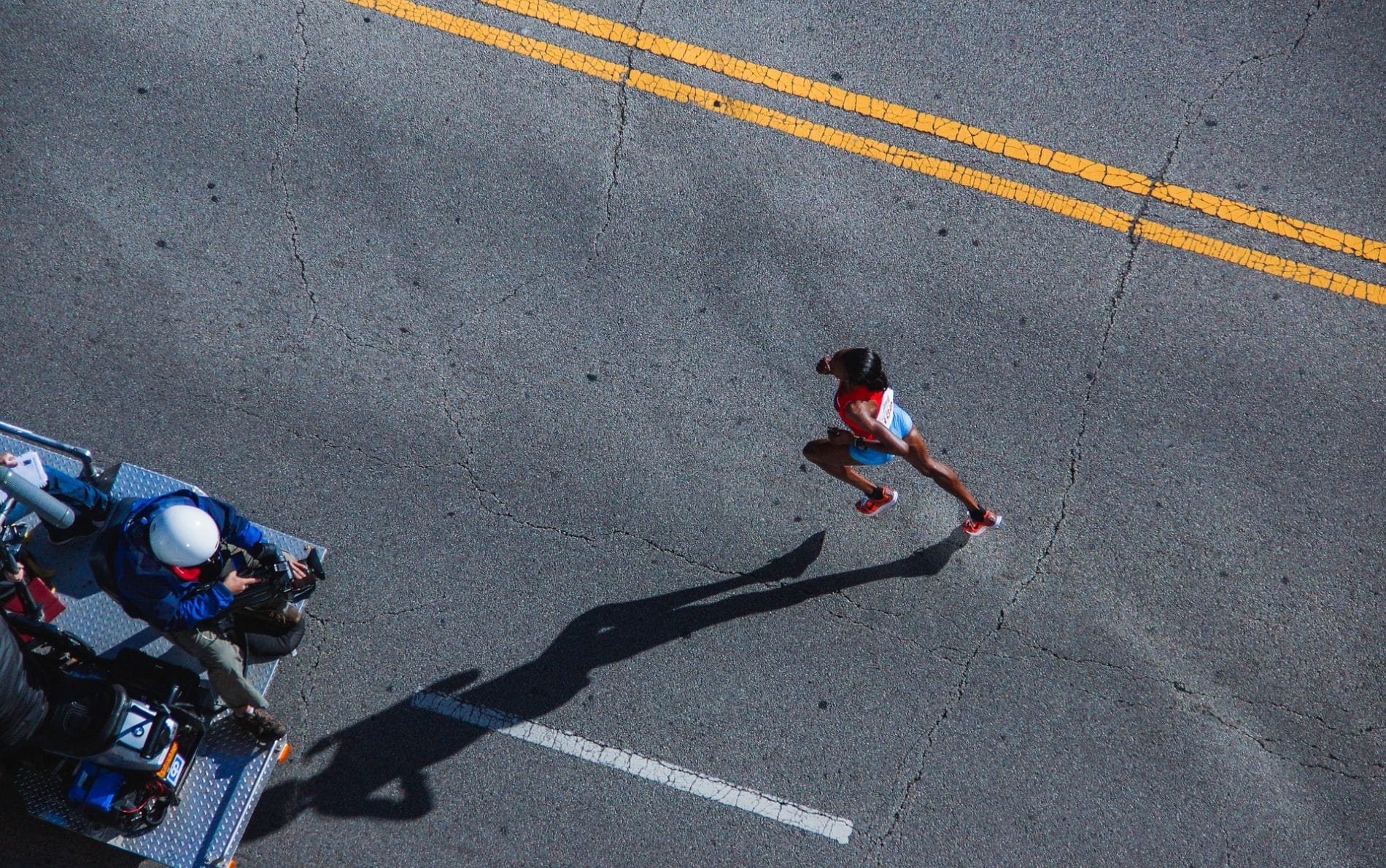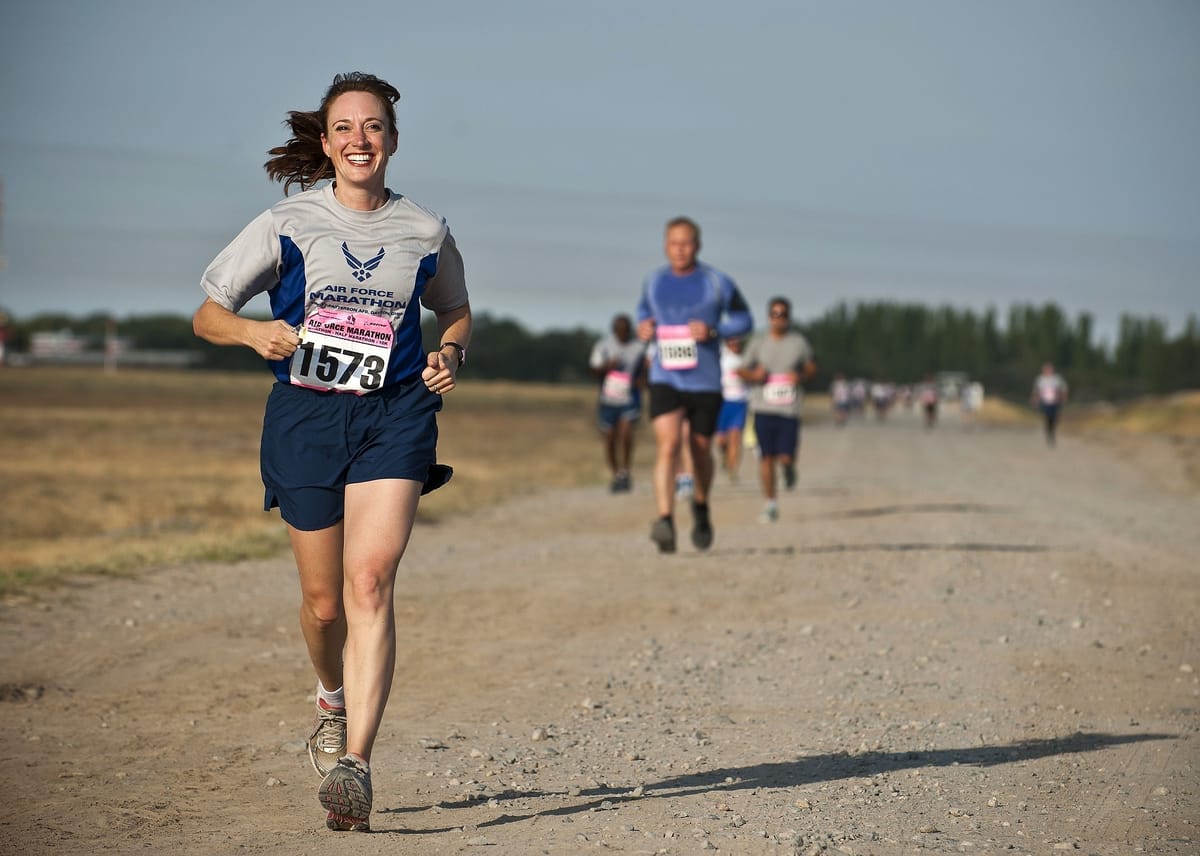Definition
An inflammation of the plantar fascia, a thick fibrous band of tissue in the bottom of the foot which runs from the heel to the base of the toes. When placed under too much stress, the plantar fascia stretches too far and tears, resulting in inflammation of the fascia and the surrounding tissues. The tears are soon covered with scar tissue, which is less flexible than the fascia and only aggravates the problem.

Symptoms
Pain at the base of the heel. Pain is most severe in the mornings on getting out of bed, and at the beginning of a run. The pain may fade as you walk or change running stride, in an attempt to alleviate the pain. This provides only temporary relief
Causes
- Stress, tension and pulling on the plantar fascia
- Inflexible calf muscles and tight Achilles tendons – place more stress onto the plantar fascia.
- Overpronation (feet rotate too far inward on impact)
- High arches and rigid feet
- Incorrect or worn shoes
- Overtraining
Plantar fasciitis – Treatment Methods
Self-treatment
- Stop running, especially in the case of severe pain, if pain is mild, then reduce training load and intensity take a course (5 – 7 days) of non-steroidal anti-inflammatory drugs (ibuprofen/voltaren/cataflam/mobic) available from your general practitioner or pharmacist
- Apply ice to the plantar fascia – for 10 minutes every 2 hours, in order to reduce the inflammation. An effective way of icing is to fill a plastic 500 ml Coke bottle with water, and to freeze it. Apply the ice as instructed by rolling the bottle under the foot
- Self-massage, using arnica oil or an anti-inflammatory gel, to the plantar fasciastretching of the gastrocnemius and soleus muscles
- Return to running gradually
- Full recovery is usually between six to eight weeks
Medical treatment
- Physiotherapy, if injury doesn’t respond to self-treatment in 2 to 3 weeks
- Orthotist or podiatrist for custom-made orthotics to control overpronation, or to reduce stress on the heel area
- X-rays – to check for a heel spur.
- Orthopaedic surgeon – if injury does not respond to physiotherapy treatment, a cortisone injection, or surgery to release the plantar fascia may be indicated.
Alternative exercises
- Swimming, pool running, cycling (in low gear) “spinning”
- Avoid any exercise that places strain onto the plantar fascia
Preventative measures
- Stretching of the gastrocnemius and soleus muscles. Hold each stretchfor 30 seconds, relax slowly. Repeat stretches two – three times per day.
- Remember to stretch well before running stretching of the plantar fascia. Sit on the floor with one knee bent and theankle flexed towards you. Pull the toes back towards the ankle. Hold for 30 seconds. Relax slowly. Repeat to opposite foot. Repeat 2 – 3 times per day.
- Remember to stretch well before running strengthening of the muscles of the foot.
- Pick up marbles or golf balls with your toes.
- Pull a towel towards you with your toes. Grab some of the towel with your toes and pull, then release, grab, and pull some more to loosen the plantar fascia, place a golf ball under the foot, and roll the foot over the ball. Start with the ball at the base of the big toe, and roll the foot forwards over the ball, then back again. Move the ball to the base of toe and repeat. Repeat for each toe. Always exert enough pressure so that you feel a little tenderness. correct shoes, specifically motion-control shoes and orthotics to correct overpronation.
- always apply ice after running
- gradually progression of training programme
- incorporate rest into training programme








